
Babies and infants
In 2014, the number of babies and infants (of ages zero to two) reached nearly 5.5 million in Russia, up slightly from 5.3 million in 2013. The number of babies and infants is expected to remain stable at a little more than five million through 2020. Recently, the country has experienced a surge among those wanting to return to “traditional family values,” including the promotion of larger families. According to a recent article in The Moscow Times, their efforts have resulted in an increasing number of parents’ opting to have second and third children. In addition, the government has offered payment incentives to increase the birth rate, and this has contributed to the upward trend. The so-called “maternal capital” provides mothers with certificates worth RUB456,026 (USD7,091.23) that they can apply to housing, pension funds, or their child’s education. Families with three or more children receive a government cash payment of RUB18,000 (USD279.90) a month.
The increasing number of families with multiple children has driven up demand for a wide range of baby-related products. In particular, while it is common for families in rural areas to have more than one or two children, it is families in urban areas, who until recently had considerably fewer children, that are driving demand. According to a recent article in The Moscow Times, Moscow residents have experienced a “baby boom” in 2014, with 90,000 families reporting three or more children. That trend continued through 2015, when 104,000 families reported three or more children. According to the head of the Moscow Department of Social Protection, having large families has become a “fashionable trend.”
As a result of the recent economic crisis, many parents are increasingly seeking ways to cope with the soaring prices of baby-related products, especially diapers. Instead of buying expensive disposable diapers, many parents are turning online to buy reusable diapers made from a variety of materials, including bamboo and charcoal. Consumers commenting on blogs such as
irecommend.ru note that the reusable diapers are not only much more affordable than disposable diapers, but that they are also environmentally friendly. Satisfied consumers have published detailed reviews on the pros and cons of reusable diapers, with the pros outweighing the cons in nearly all cases. Consumers state that the diapers are of “excellent quality” and did not cause allergic reactions or diaper rash that has been attributed to disposable diapers.
Kids
In 2014, the number of kids in Russia reached 9.5 million. This number is expected to steadily increase to reach 11 million by the year 2020.
General education is compulsory for kids. They are required to attend kindergarten by the time they reach six years of age, but some start at the age of three. Long waiting lists present a problem for many parents. According to a State Council Meeting held in 2014, there were 425,000 kids nationwide on waiting lists to attend school. Although the government has increased the number of schools being built over the past two years, the number of children waiting to attend school has declined only slightly. Due to the difficulties of school placements, many parents register their kids for pre-school immediately after their birth in the hope of securing a place in time for the child’s third birthday.
Tweenagers
In 2014, the number of tweens reached 5.6 million, up from 5.2 million in 2010. The number of tweenagers is expected to increase to 6.7 million by 2020.
A typical school day for tweens begins at 8 AM. There is a strong emphasis placed on mathematics and the sciences. Students eat lunch at school, and most rely on public transportation or walk to school. In their leisure time, tweens engage in many types of recreational activities, including sports. The most popular include gymnastics, soccer, ice hockey, and ice skating, with martial arts and dance getting increasingly popular. Students engage in sports both at school and at sports clubs.
Many tweens receive spending money from their parents and it is often used for food, drinks, and candy. Tweens tend to exhibit much more independence than kids when it comes to making purchase decisions.
Possessing a mobile phone is common, with 87 percent of all tweens owning one (89 percent of tween girls and 80 percent of tween boys). According to website sostav.ru, 35 percent of tweens own smartphones. Indeed, tweens are quickly becoming the top users of mobile devices, according to a report from East-West Digital News. The CEO of the children’s social network Twidi.ru said, “The Internet usage base is becoming more youthful. There has been a sharp increase in web traffic driven by children. Young people mostly use tablets and smartphones. Parents are giving tablets to their young. With the new models being released every year, parents buy themselves new devices and give the older versions to their children.” The report added that Android devices are the most popular, as they are the most inexpensive.
Teens
In 2014, the number of teenagers (of ages 13 to 17) in Russia reached 6.6 million, down from 11.1 million in 2005. The size of this consumer group is projected to reach 7.4 million by 2020.
Teenagers are generally independent, but family life remains important to most of them. Attending school and doing homework take up a large proportion of the teens’ time during the day, with teenagers’ regularly dedicating more than two to three hours daily to schoolwork at home. When they reach senior level, students are expected to decide which course of study to pursue at the university, and this decision can contribute to high levels of stress.
Young adults
The number of those between the ages of 18 and 29 reached 25.4 million in 2014, down from 28.4 million in 2010. The number is projected to continue to decline to reach 18.7 million by 2020.
Many young adults live in small to mid-size apartments in urban areas, as well as in standalone houses in rural areas. Typically, they live at home with their families until they move out when they get married. At the same time, a growing number are venturing out to live with significant others before marriage.
A large number of young adults attend university, and classes take up a great deal of their time. At the age of 23, men who decide not to pursue further education are required to do military service. Studies typically last five years, and while university fees have traditionally been affordable, according to a recent article in The Moscow Times, some universities have recently increased tuition fees. According to the article, schools such as the State University of Management recently increased annual tuition by 35 percent, and the fees were RUB100,000 in 2015 (USD1,555.00).
According to a recent article in Russia Direct, many young adults are finding it difficult to find jobs in the current tight job market. Citing data from a W-city.net survey, the article noted that young adults are five times more likely to be unemployed than those in the 30- to 39-year-old demographic, with one in three of those surveyed reporting that they could not find jobs. For those able to find work, job retention remains low. Indeed, 45 percent of young adults said they had not retained their jobs for more than a year. In response to the job crisis, more young adults are pursuing further education than attempting to join the workforce, according to a recent report from the Organization for Economic Cooperation and Development (OECD).
Middle youth
In 2014, the number of middle youth (ages of 30 to 44) reached 32.1 million, up from 30 million in 2010. This number is projected to increase to 35.4 million by 2020. The recent increase was due in part to the large influx of immigrants who moved to Russia for economic opportunities after the collapse of the Soviet Union. According to a 2015 article in Bloomberg Business News, Russia has the second-highest number of immigrants in the world (the United States ranks first), with most coming from Central Asia, the Ukraine, Belarus, Moldova, and Georgia. The majority work in low-wage positions in the service industry, but there is a significant number who find high-paying jobs, such as nannies. A very large proportion of immigrants send remittances back to their families in their home countries.
Members of the middle youth group are often married couples with children and earn higher wages compared to others. In turn, they have more purchasing power, but the current financial crisis has forced many to curtail spending. In addition, prior to the crisis many in this group took out foreign currency mortgages to benefit from lower interest rates and are now suffering as a result of the rouble’s devaluation. In a 2015 article in Business Insider, one 35-year-old office manager said, “We gathered my entire monthly salary and that of my husband, and took it to the bank... It was still not enough to cover the new monthly payment.”
In addition, many in this category have begun avoiding taking on debt, dampening demand for buying on credit. According to a 2015 article on the regional information website huthut.ru, many are finding that they quite simply can no longer afford the risk in the current economic climate. The article added that credit card purchases have continued to drop in recent months, with 64 percent of Russian consumers not taking out new credit.
Searching for convenience, more women in this cohort are turning to online banking, according to an article on the website of Russian Search Marketing. According to the article, women account for 54 percent of all online banking users, with one in five of age 35 years and younger. For the most part, these users live in urban areas in the most populated Western regions of the country.
Members of the middle youth segment increasingly use e-money when it comes to making online purchases, according to a recent report from Russian Search Marketing. According to the study, this consumer segment is increasingly using such payment options not only for internet shopping, but also to pay bills and transfer money, more than their younger and older counterparts. Most rely on local services such as Yandex.Money, which accounts for 44 percent of e-money payments, and QIWI, although PayPal is also gaining a following.
Mid-lifers
In 2014, the number of those in the age category of 45 to 59 years reached 30 million, down from 32 million in 2010. This number is projected to continue to decline in the coming years to reach 28.9 million by 2020. Among other reasons, the decline is due to a large number of Russians who have relocated to other countries. According to a 2014 report from Reuters, the number of Russians who have relocated has significantly increased year-on-year since 2010.
Retirement is an option for members of this group.
Late-lifers
In 2014, the number of those 60 years old and older in Russia reached 27.7 million, which is a figure reflecting an increase from 25.5 million in 2010, and the number of late-lifers is projected to reach 31.9 million by 2020. Improved access to healthcare services and an increasing interest in healthier lifestyles has contributed to lengthier life expectancies for the Russian people.
In terms of personal finance, members of this category have a much lower levels of income than others, as they tend to rely on their state pensions, government subsidies, – for public transportation, healthcare, household utilities, as well as food – and assistance from family members. As a result, they tend to avoid discretionary items and buy only household essentials. According to a 2015 article in The Moscow Times, the average monthly pension is RUB12,900 (USD200.60). Many late-lifers live with extended family, as care facilities are not seen as a favorable option.
According to a recent report from Reuters, Russian pensioners are suffering due to the increase in food prices and medicine. Many spend large proportions of their monthly pensions on medical products, which leaves little for other items. As one pensioner said, “In the 1990s there was nothing in the stores but the fridges were full; now, it’s the other way around – there’s everything is the stores, but the fridges are all empty.” According to the article, rising inflation has resulted in soaring food prices. For example, the price of meat has increased by 20 percent, and the price of sugar has increased by 40 percent.
Medicine has also become costly. One pensioner reported that she spent nearly one-fifth of her RUB15,000 (USD233.25) pension on the medication she needed. According to the article, the majority of the country’s pensioners live in rural areas, and represent 20 percent of the population that is most at-risk.
Nonetheless, late-lifers are those most likely to secure loans for home remodeling and home improvement. In particular, money from loans is devoted to maintenance, more often at the dachas. According to the article, home improvement loans account for 48 percent of all loans taken out among older Russians, based on the data from Raifessien Bank.
There has been an increase in the number of pensioners who say they would like to continue working. Many reported still feeling “young” with a strong desire to keep working, according to the Deputy Prime Minister of Social Affairs Olga Golodets.
There is a large number of pensioners who find it that they must continue working in order to earn enough to maintain their lifestyle or, in many cases, to get by. Many late-lifers are continuing to work even though a large number suffer from serious health problems. More than 25 percent of the elderly in Russia suffer from chronic diseases, with more than nine percent suffering simultaneously from four or more illnesses. In spite of these problems, many find that they must continue working.


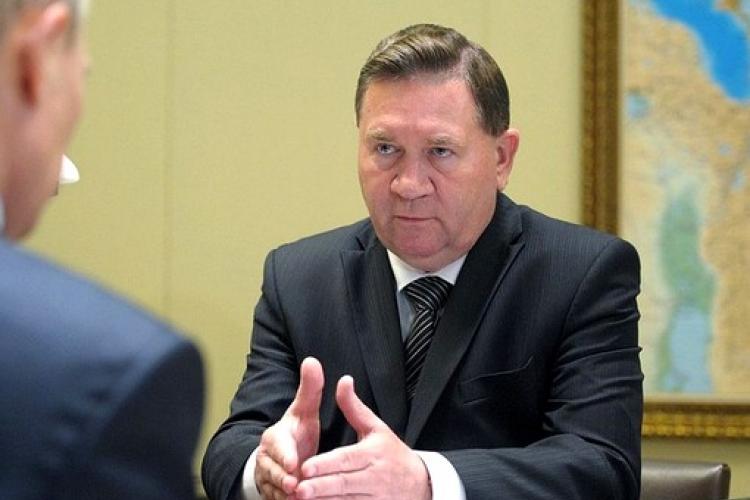
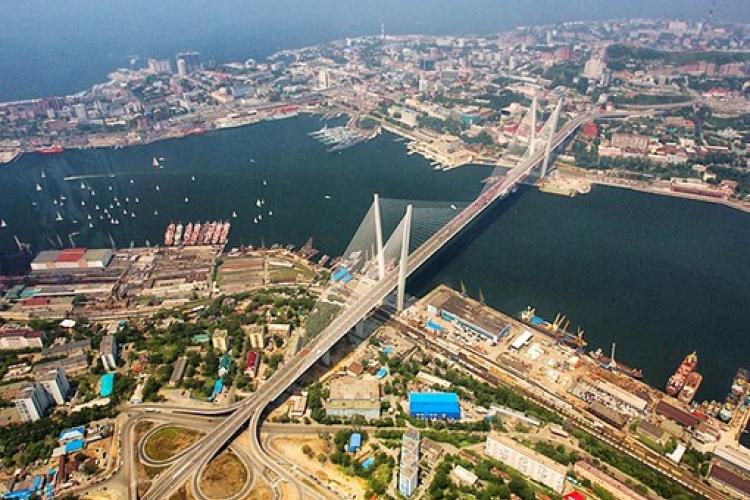

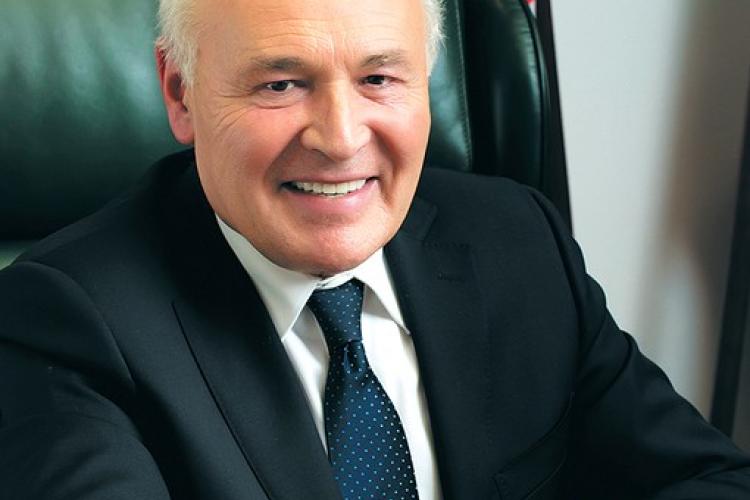
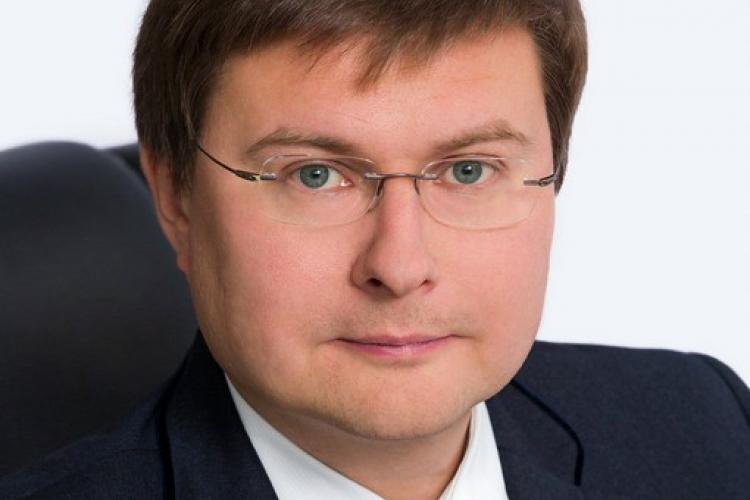


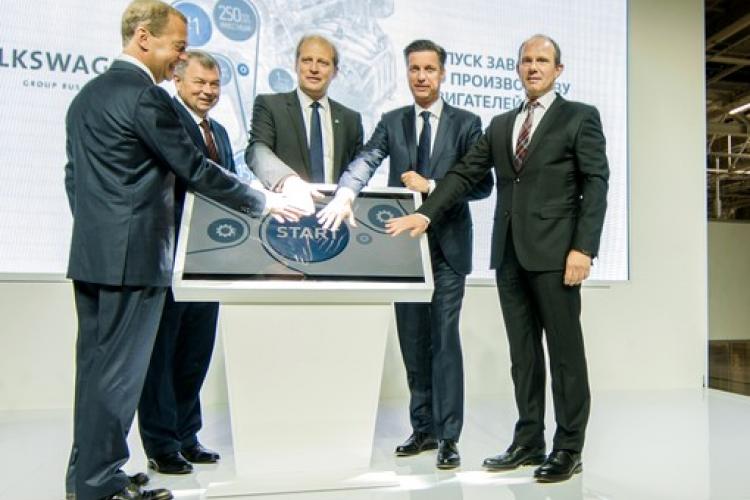
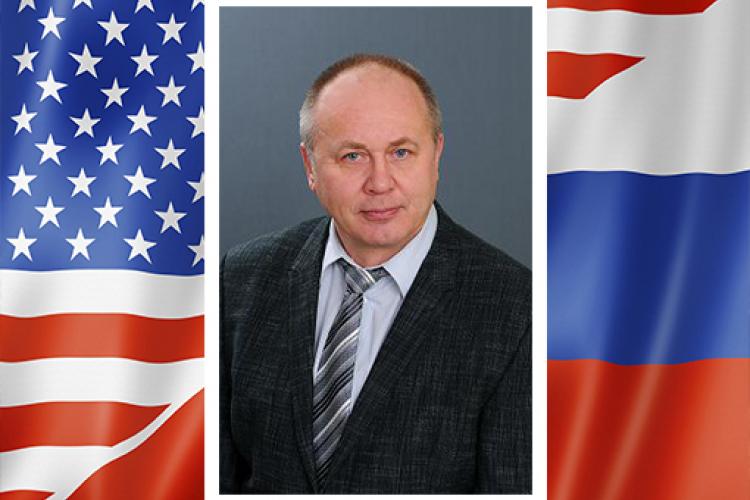

Leave a comment